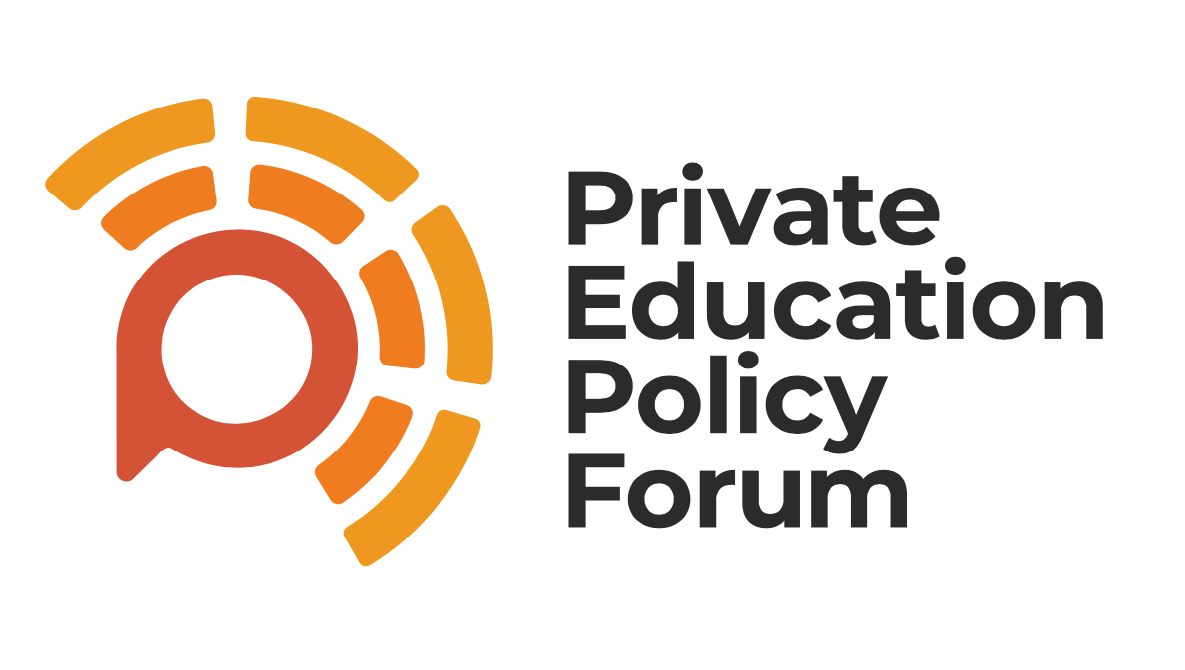
Title:
Private Schooling and Labour Market Outcomes
Authors:
F. Green, G. Henseke and A. Vignoles (2019), British Educational Research Journal 43(1): 7-28.
What’s it about?
Private schooling in Britain is unaffordable for the majority of families but, for those that can afford it and choose to pay, how much do their children gain in the long term, in terms of earnings later in life?
This study gives estimates of these gains, and investigates the channels through which the gains are achieved.
The gains could come from achieving higher qualification levels by the time they enter the labour market. Yet, beyond that point, it is possible that privately educated adults are able to get higher paying jobs even than their state-educated peers with the same qualifications; if so why?
And, do the jobs of the privately-educated also differ in other ways from those of the state-educated?
Methodology
The study uses two nationally representative surveys. One is the British Cohort Study, which surveyed all children born in a single week in 1970, who were at secondary school in 1986. These were re-interviewed every few years, including when they were 42 in 2012.
The other is a combination of the Skills and Employment Surveys of workers and their jobs in 2006 and 2012; the research sample comprised those aged 25 to 60 working in Britain.
The research compared the earnings of private and state educated people. It used statistical methods to control for the effects of important factors such as family background and gender.
What are the findings?
-
There is a large earnings “premium” from having a private education. Among those aged 42 with similar social backgrounds, the privately educated men earned 35% more than state-educated men; while privately-educated women earned 21% more than state-educated women.
-
Educational level was by a long chalk the most important factor explaining this premium. Indeed, the 21% earnings premium for privately educated women is almost all accounted for by their educational qualifications, which are higher than those of state-educated women.
-
Nevertheless, for the privately-educated men, there remained a premium of somewhere between 8% and 15% in the labour market, even when compared with state school men having the same educational achievements, social background and job requirements.
-
Where this extra gain for men comes from is not resolved, but there is some evidence that it may be associated with working in the financial and business service industries where privately-educated often tend to be employed.
-
Privately-educated workers have jobs where they exercise significantly greater leadership, and are more likely to participate in work organisation matters, than their state-educated peers. From the perspective of their job quality, however, their jobs require somewhat greater work intensity.
What are the limitations of this research?
While the surveys had a wealth of information about respondents’ social and economic background and upbringing, there is always the possibility that other unknown factors are partly confounding the estimates.
Explained by: Francis Green, professor of work and education economics at UCL Institute of Education



